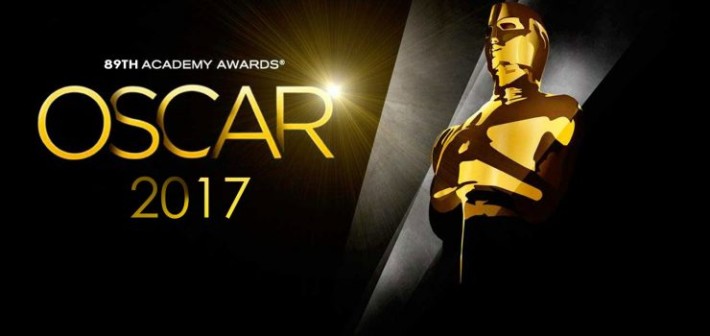Warrior Dash!
by Hope Madden
George participates in life. Me, I like to sleep late, eat a burrito, take in a movie. It’s all part of my “Sleepin’ Late and Feelin’ Great” philosophy, as opposed to the “Gettin’ Up Early and Feelin’ Surly” approach to life.
George can sleep late/feel great only so many days in a row before he has to go wrestle a bear or something. God help me, he always drags my ass with him.
Last weekend, he pumped and ran with Arnold. You know this one? You bench press your body weight, and then run a 5k. After lifting your body weight.
Which would involve a public weighing, so I’m out.
Not George, because he just looks for stuff to do.
It was for this reason that we got up bright and early one Sunday and drove to Logan, OH – about halfway between Lancaster and Athens. Rolling hills, strawberry patches, barns and assorted other rural whatnot. It’s like a little slice of West Virginia right here in Ohio!
Why head into the hotbed of nothing much? Warrior Dash – George’s second annual bout with mud, ropes and turkey legs.
He’d go on to tougher mudders than this, but it was really this Episode #2 that made me wonder what in the hell is the matter with people.
Warrior Dash is a 5(ish)K. You start running straight up a steep and muddy hill, then crawl through more mud, this time under barbed wire. You cross rope bridges, mount several climbing walls with nothing but your slimy, muddy hands and a rope to get you over. Then you wade chest-deep across a pond and pull yourself up to a platform, haul yourself over another wall, try not to slide ass first down a mud hill using a tow line to lower yourself, jump over a pit of fire (I swear to God), then drop into another mud pit and crawl on your belly to the finish line.
For your efforts you’re awarded a turkey leg, a beer and a Viking helmet.
Batman was there. He left his utility belt behind apparently, running in his mask, shoes and not much else. He did not perform as well as you might expect from a superhero.
Lots of people run in costumes, actually, which makes you wonder why people choose to invest so much time and effort in an outfit they will have to burn later.
When George Dashed the previous year, I had the excellent excuse of a walking boot to keep me from participating. Year two, it was just good old common sense that kept me sidelined.
George enjoyed the challenge, though, and performed well, as always. You cannot imagine how filthy he was as he finished. Words cannot describe it. Nasty – I guess that’s a fairly adequate word.
I snapped some shots as the mud caked and hardened. Post-race, we followed signs for Warrior Wash to tidy him up. The previous year they had a fire hose kind of set up that power washed the mud into submission. This year, warriors were offered more of a bath.
Signs led to a filthy brown pond. Warriors swam through it and, voila, clean! Because nothing cleans like pond water.
Gross!
Then the shuttle/school bus back to the car. There’s nothing quite like the aroma of a bus full of warriors: humans who’ve just completed a 3.5 mile obstacle course ending in a mandatory army crawl through a mud pit.
Smells like victory!
Sounds awesome, right? George enjoyed it.
You might, too! All you need to compete in Warrior Dash – aside from masochism and a few bucks – is a pair of running shoes you never hope to wear again, shorts you can tie (because wet, muddy shorts want to come off you as you run), and that nutty desire to participate in life.
And may I recommend some hand sanitizer?










